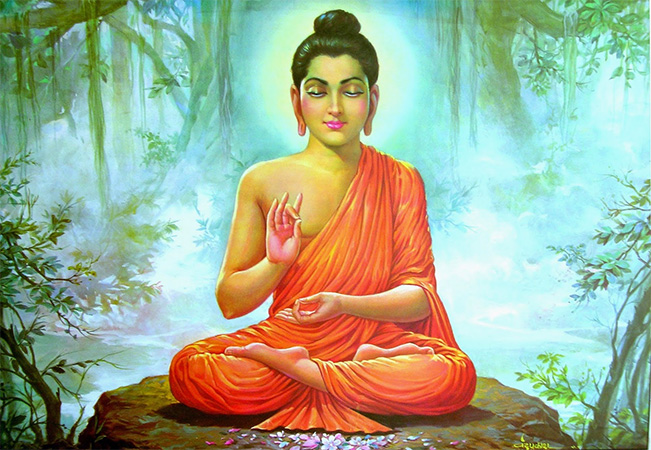Ahimsa
Jains believe that the only way to save one's own soul is to protect every other soul, and so the most central Jain teaching, and the heart of Jain ethics, is that of ahimsa (non-violence).
In practical terms the biggest part that ahimsa plays in the lives of lay Jains today is in the regulation of their diet.
Ahimsa is often translated simply as non-violence, but its implications are far wider; it is more than not doing violence, it is more than an attitude, it is a whole way of life. And for modern Jains the concept also includes the positive elements of working for justice, peace, liberation, and freedom, if doing so does not involve violence.

Literally translated, Ahimsa means to be without harm; to be utterly harmless, not only to oneself and others, but to all forms of life, from the largest mammals to the smallest bacteria.
Jains believe that life (which equals soul) is sacred regardless of faith, caste, race, or even species.
In following this discipline Jain monks may be observed treading and sweeping in their temples with the utmost of care so as to avoid accidentally crushing crawling insects, or wearing muslin cloths over their mouths in case they should accidentally swallow a fly.
Ahimsa Basics
Refraining from violence
One should refrain from violence to any living creature. Violence includes:
- physical violence
- mental violence
- verbal violence
Violence involves violent intention as well as physical harm
This is controversial among Jains and both the points below are disputed. Accidental physical harm may not count as violence if there was no violent intention, but lack of compassion or care may be a sufficiently violent intention.
